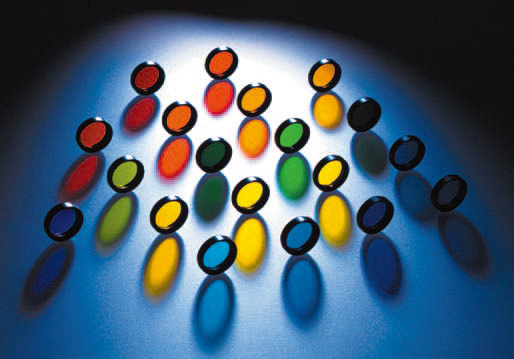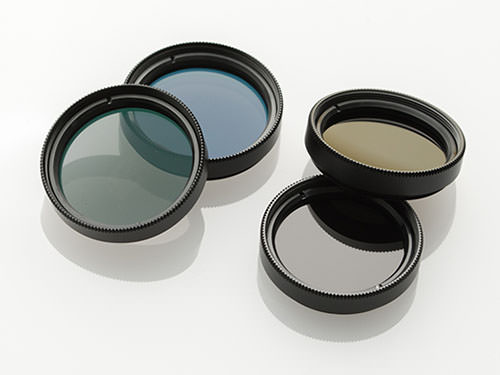FILTER series
optical filter
For purchase inquiries, please call 03-5628-5116 or formfrom
lens protection filter
レンズの保護及びUV光を低減させるフィルター(カバーガラス)です。レンズのフィルター取付ネジに装着します。 広角系のレンズですと視野がけられる可能性がありますのでご注意ください。UVシリーズの他に無色透明の素ガラスを用いたカバーガラスもございます。
| Model | filter mounting screw | Outline |
|---|---|---|
| (mm) | φ(mm) | |
| UV-255 | M25.5×P0.5 | D27.5×4.5 |
| UV-270 | M27×P0.5 | D29×4.5 |
| UV-305 | M30.5×P0.5 | D32×4.5 |
| UV-340 | M34×P0.5 | D36×6.5 |
| UV-405 | M40.5×P0.5 | D42×7.0 |
Polarizing filter (fixed type)
A filter that allows only linearly polarized light in a specific direction to pass through. It attaches to the filter mounting screw of the lens. Please note that the directionality of polarization cannot be changed.
| Model | filter mounting screw | Outline |
|---|---|---|
| (mm) | φ(mm) | |
| PL-255 | M25.5×P0.5 | D27.5×4.5 |
| PL-270 | M27×P0.5 | D29×4.5 |
| PL-305 | M30.5×P0.5 | D32×4.5 |
| PL-340 | M34×P0.5 | D36×6.5 |
| PL-405 | M40.5×P0.5 | D42×7.0 |
Polarizing filter (with rotating mechanism)
A filter that allows only linearly polarized light in a specific direction to pass through. It attaches to the filter mounting screw of the lens. After attaching to the lens, the direction of polarization can be changed arbitrarily.
| Model | filter mounting screw | Outline |
|---|---|---|
| (mm) | φ(mm) | |
| PL-255K | M25.5×P0.5 | D28.0×7.5 |
| PL-270K | M27×P0.5 | D29×7.5 |
| PL-305K | M30.5×P0.5 | D32×7.5 |
| PL-340K | M34×P0.5 | D36×9.0 |
| PL-405K | M40.5×P0.5 | D42×10.0 |
Optical Filter Special Order

Filters are roughly divided into two types: absorption filters called colored glass and thin film filters made by vacuum deposition.
colored glass filters The glass itself has various spectral transmittance characteristics, and is mainly used for applications such as separating wavelength bands and reducing overall light.
vacuum deposition filter Custom-made filters in general that are manufactured to your desired specifications by incorporating conditions such as wavelength, angle, and polarization. It is possible to effectively use as much light as possible by avoiding detailed specifications that cannot be covered by colored glass and loss due to absorption.


